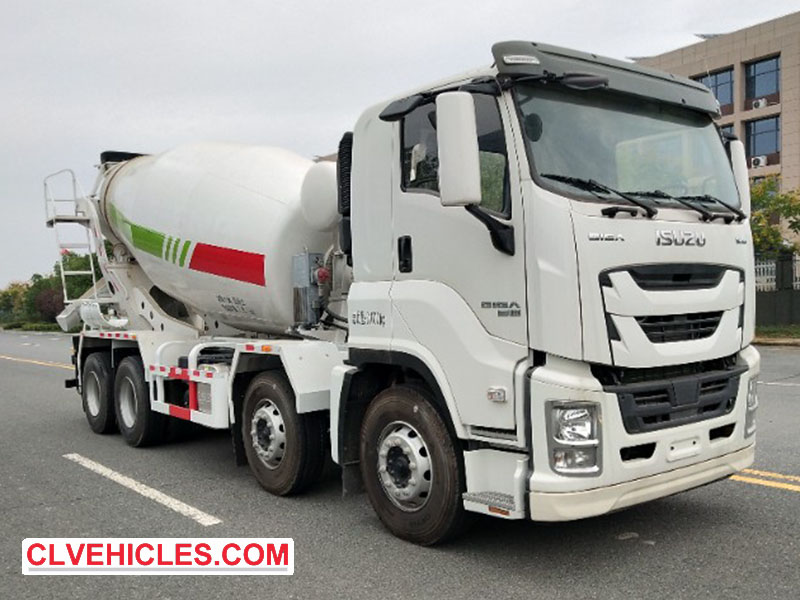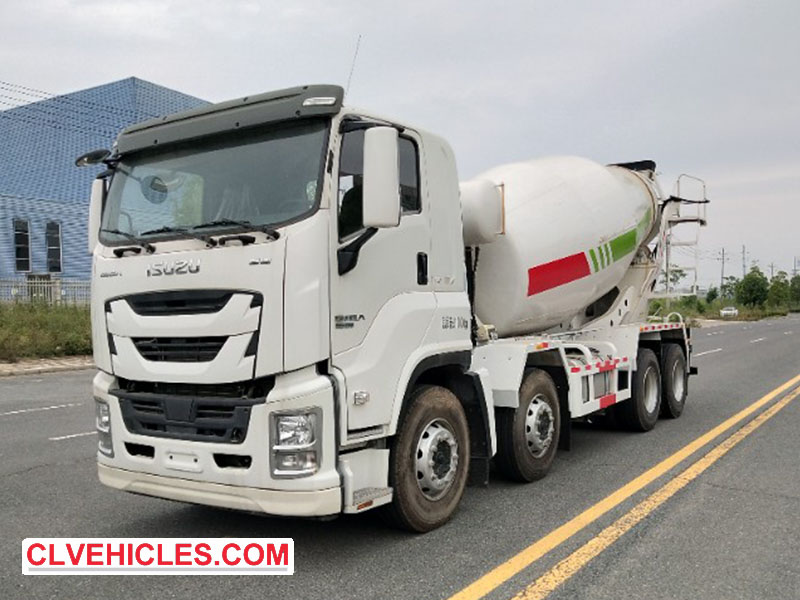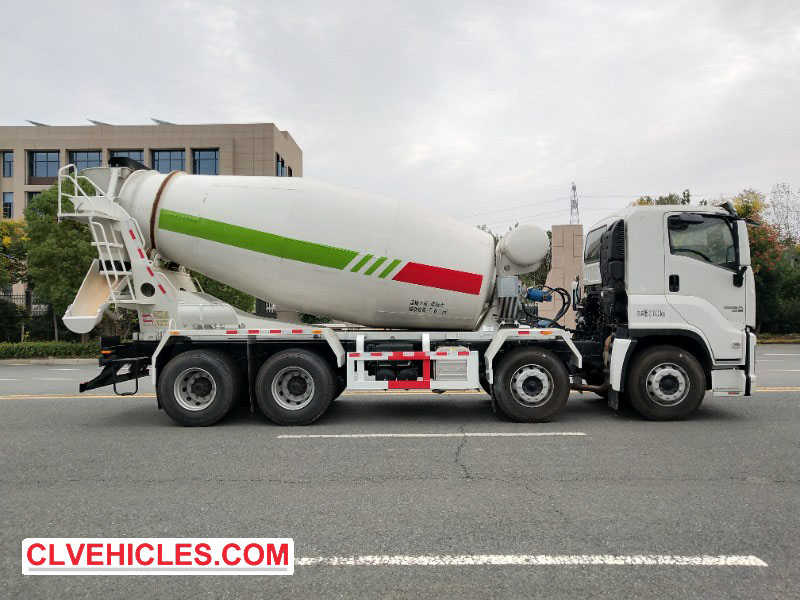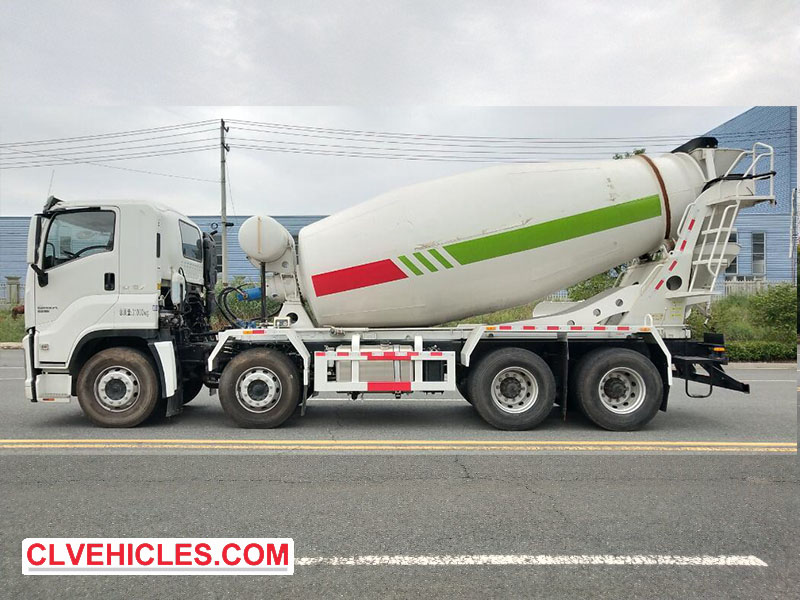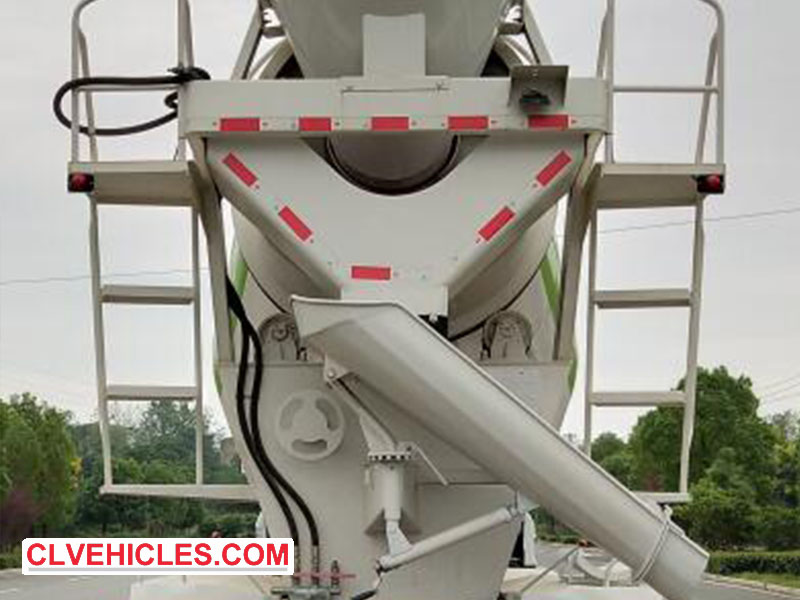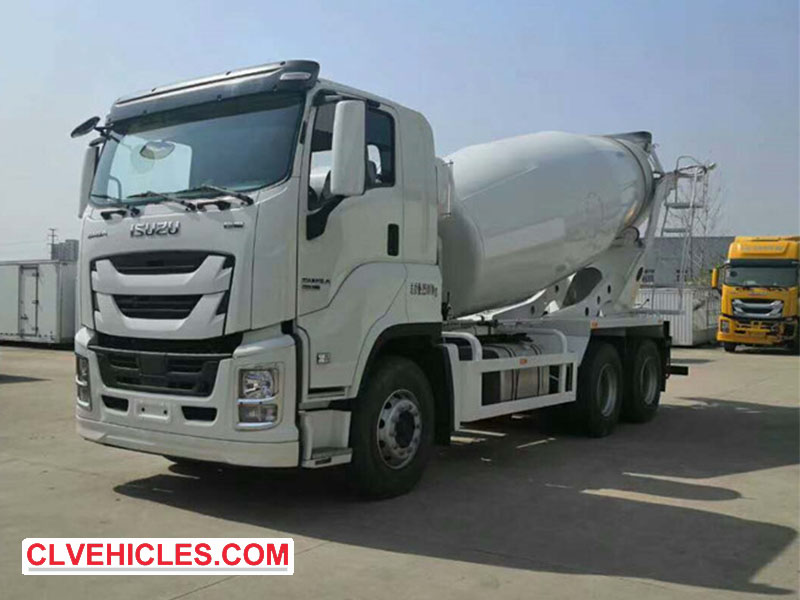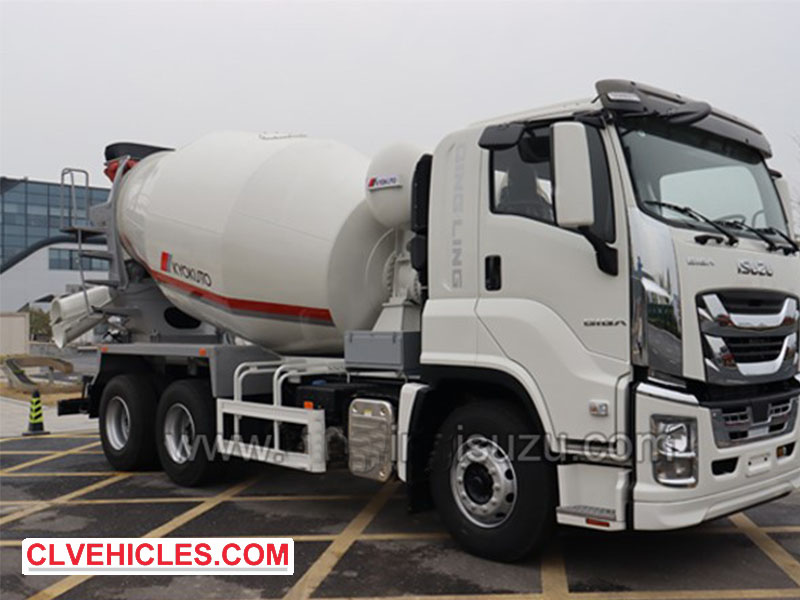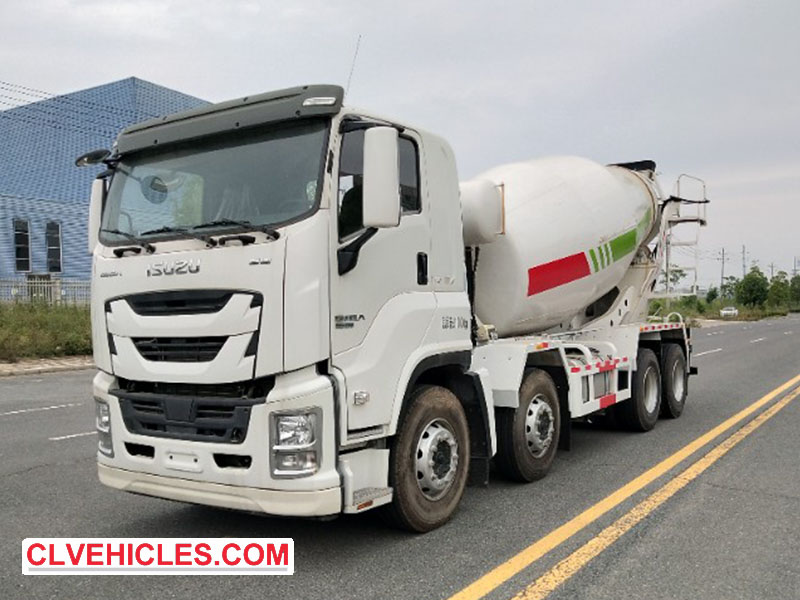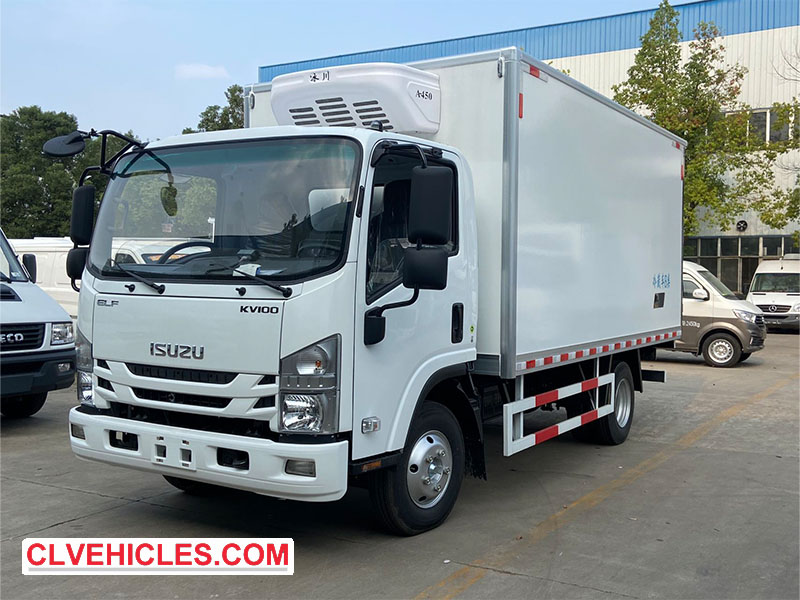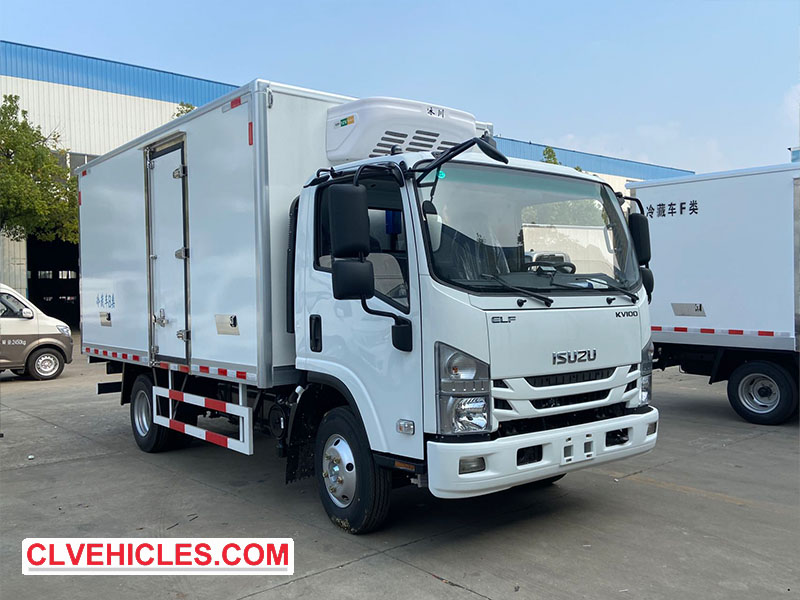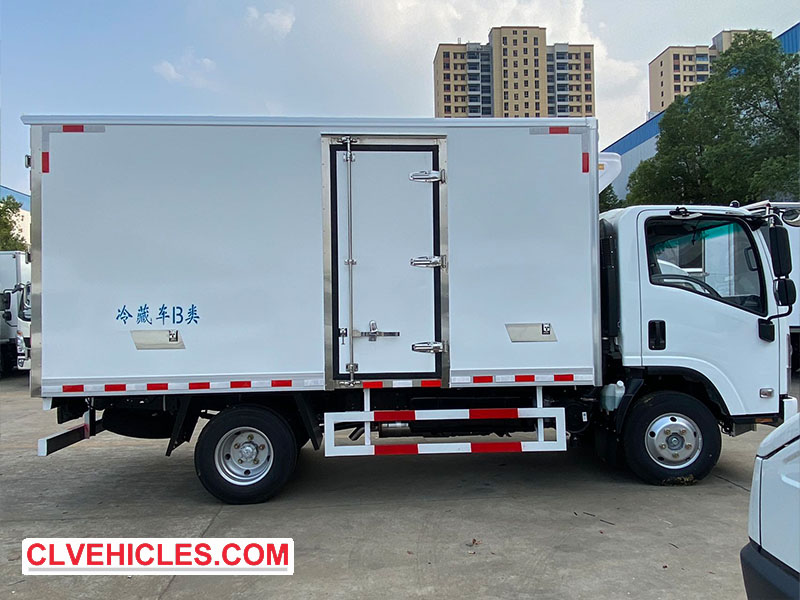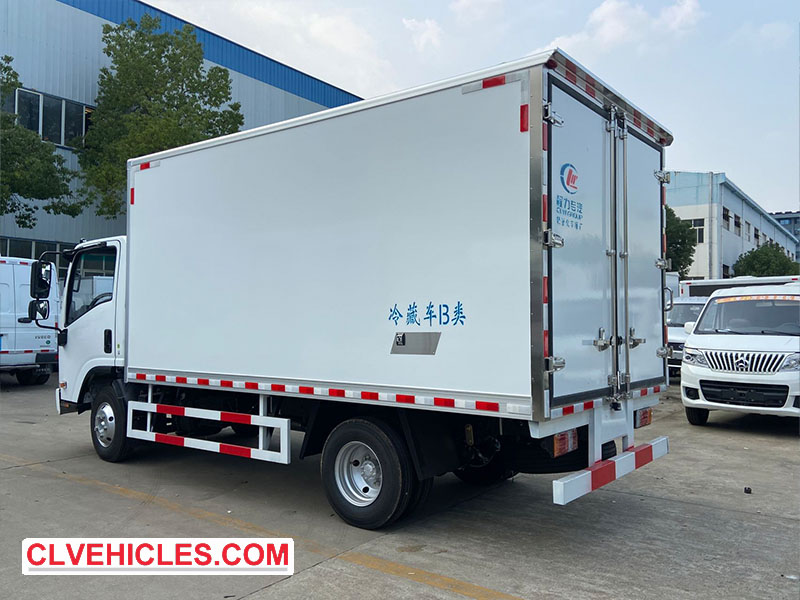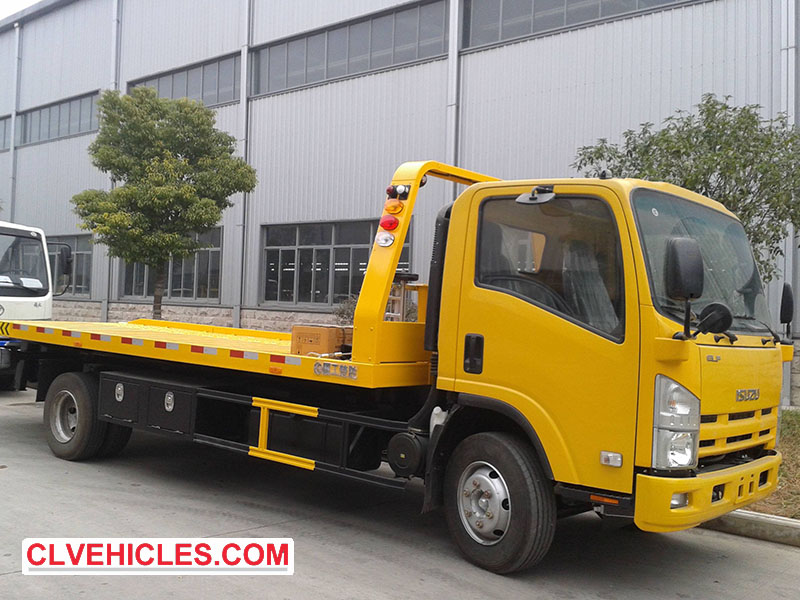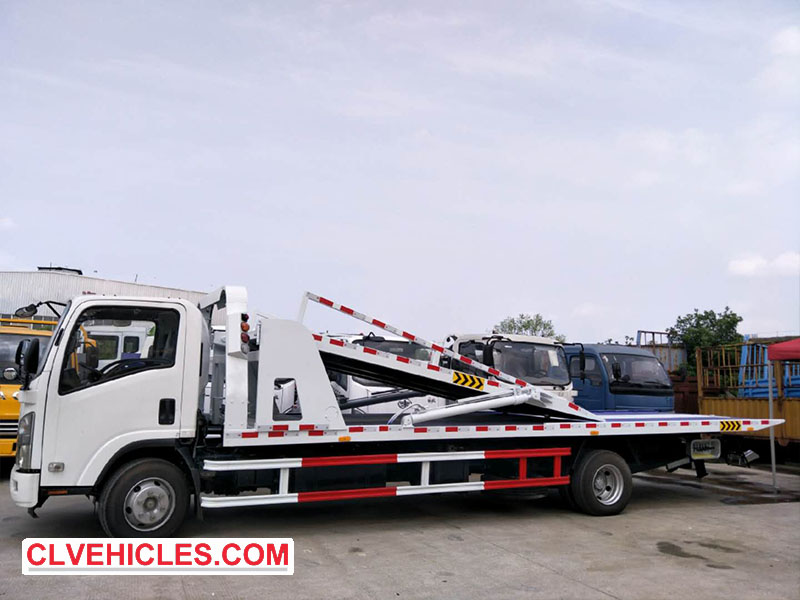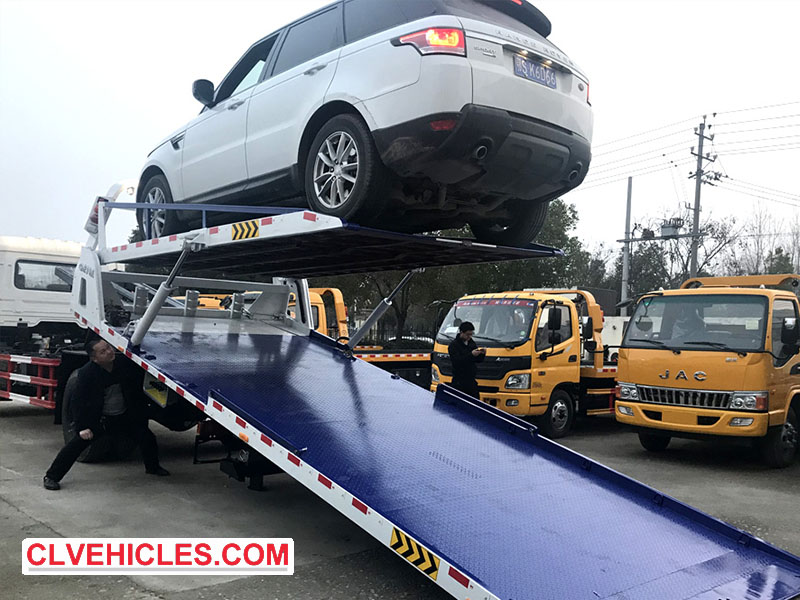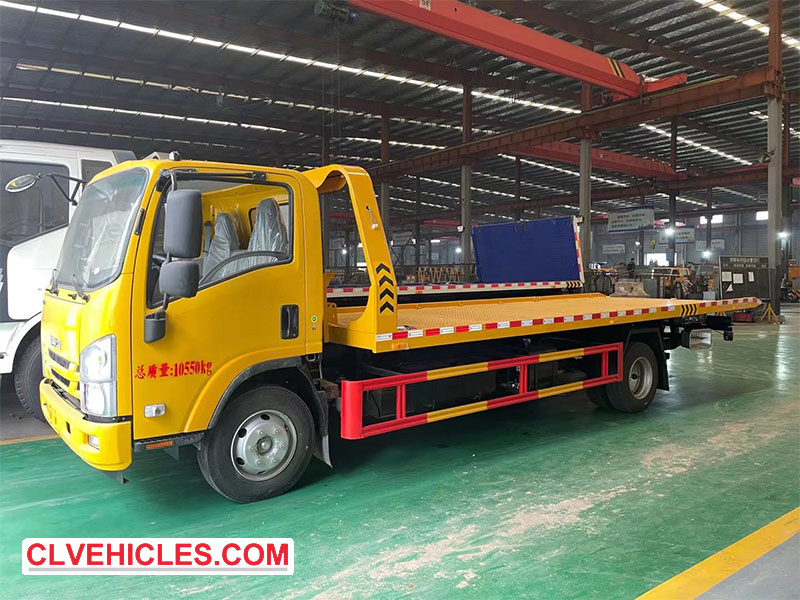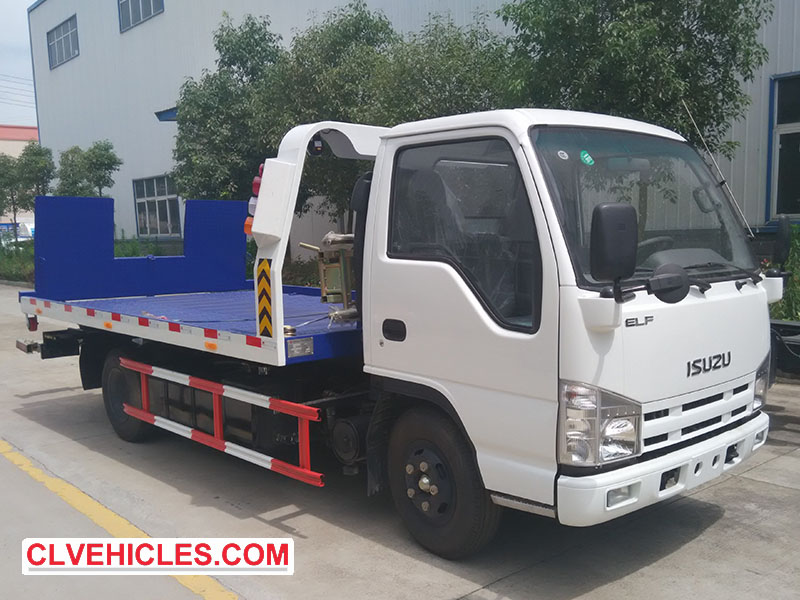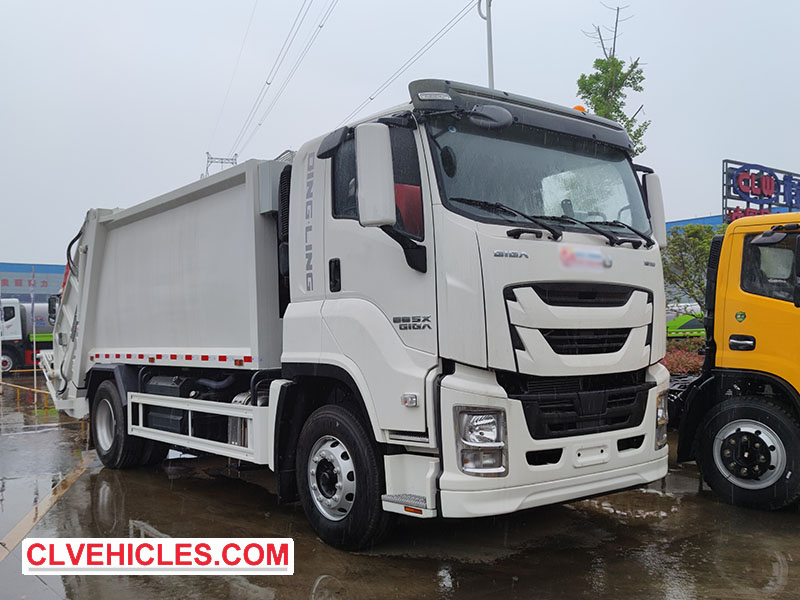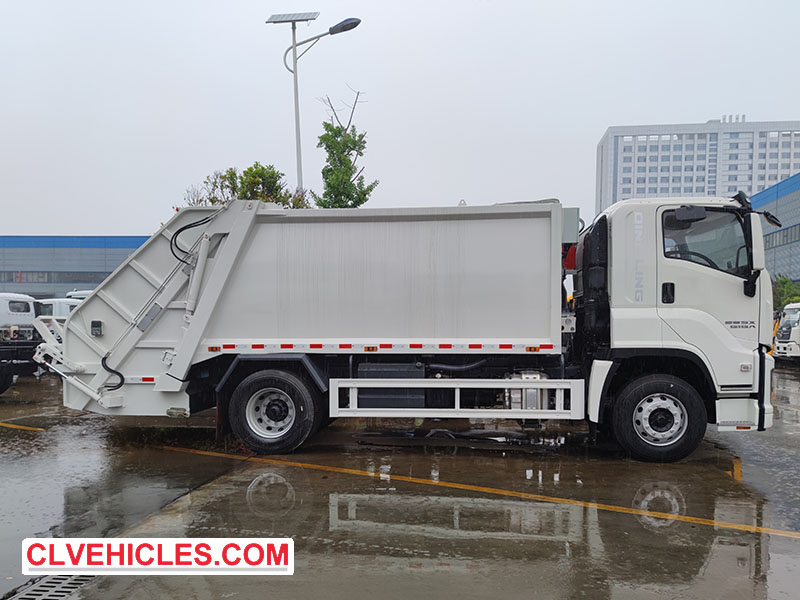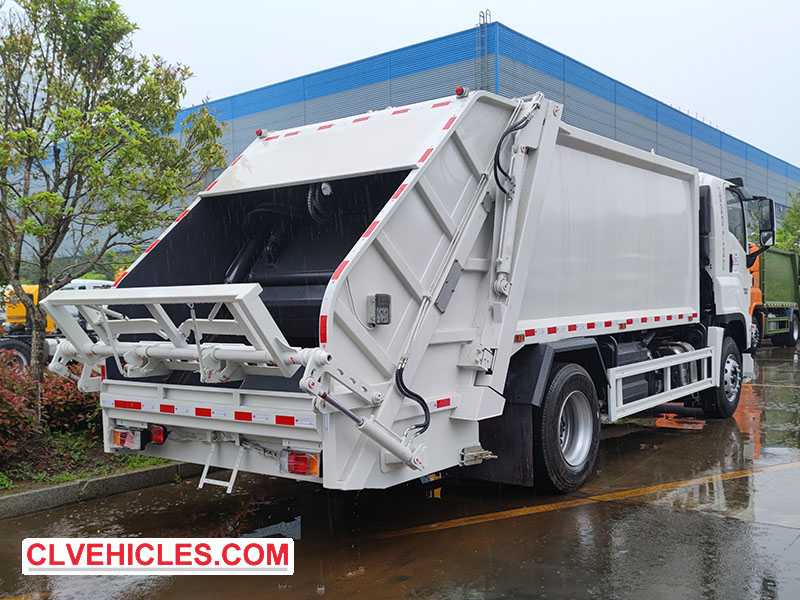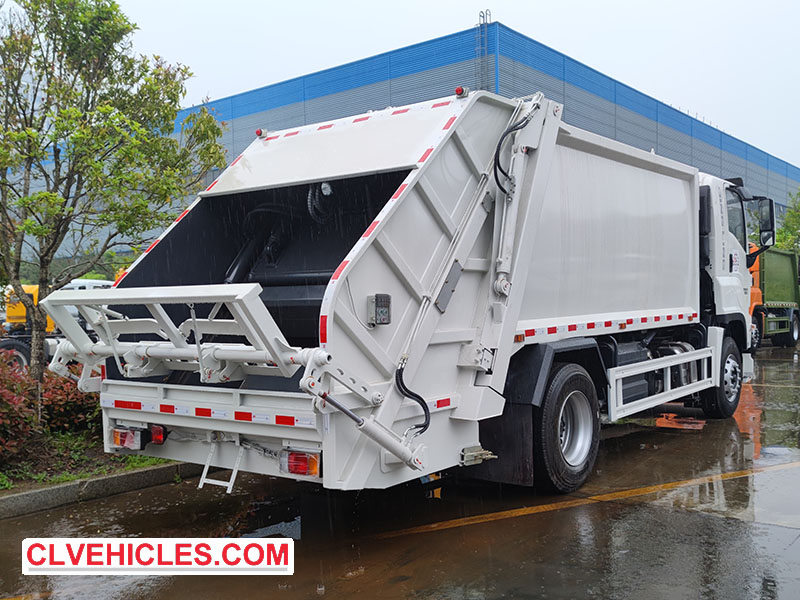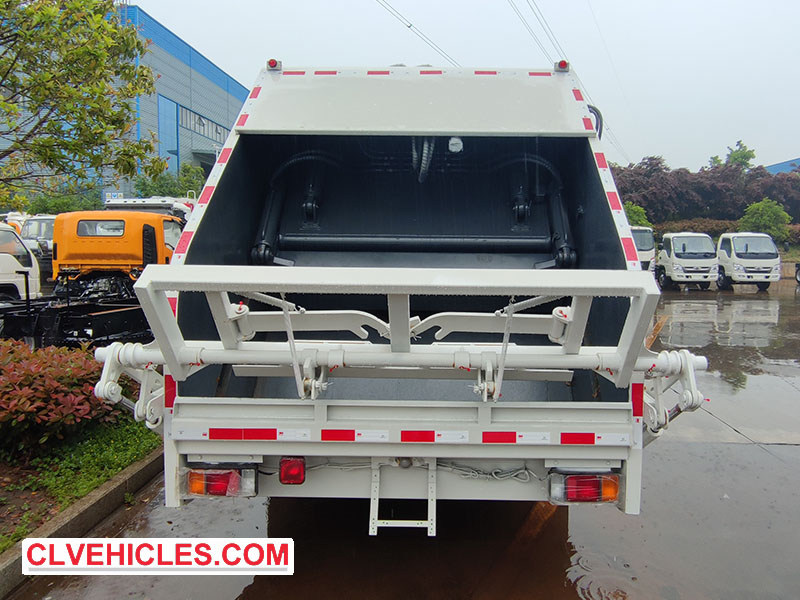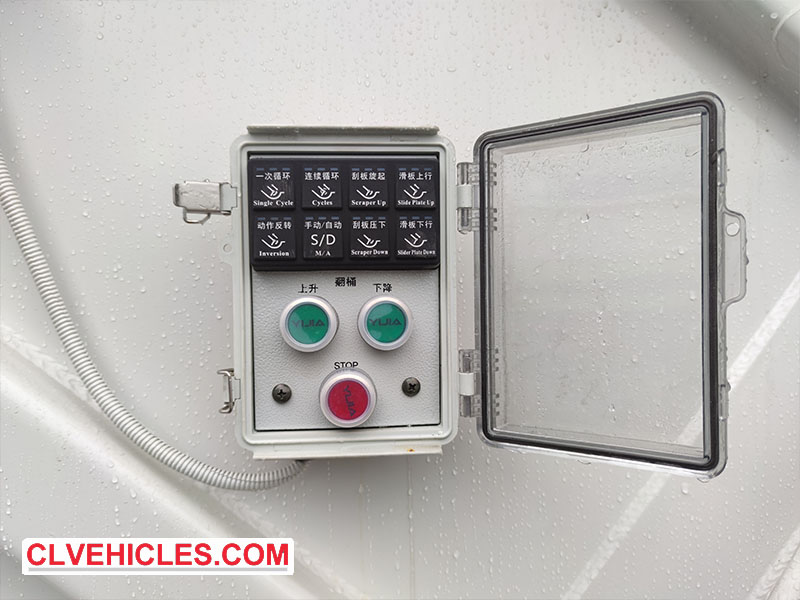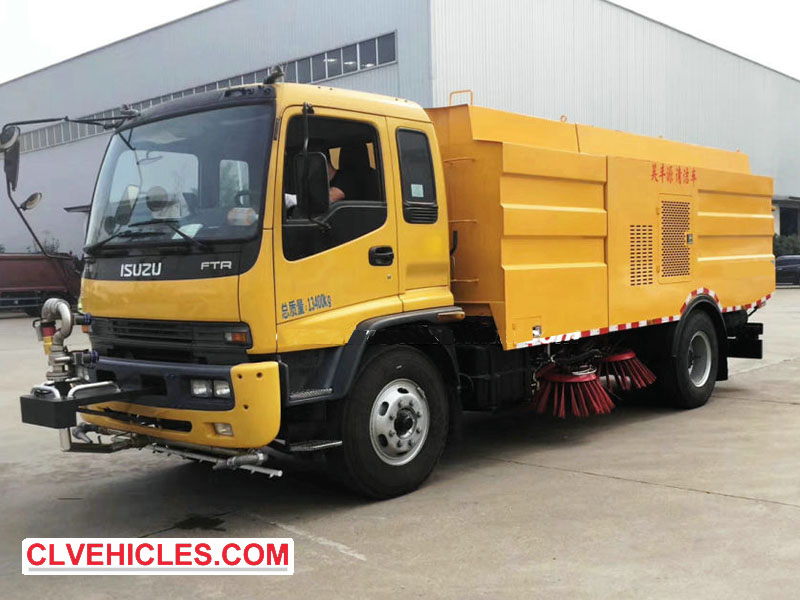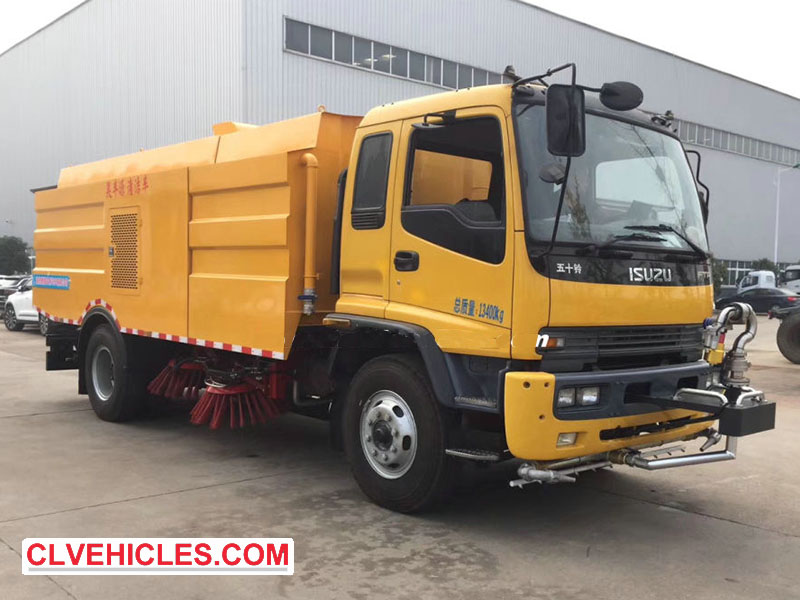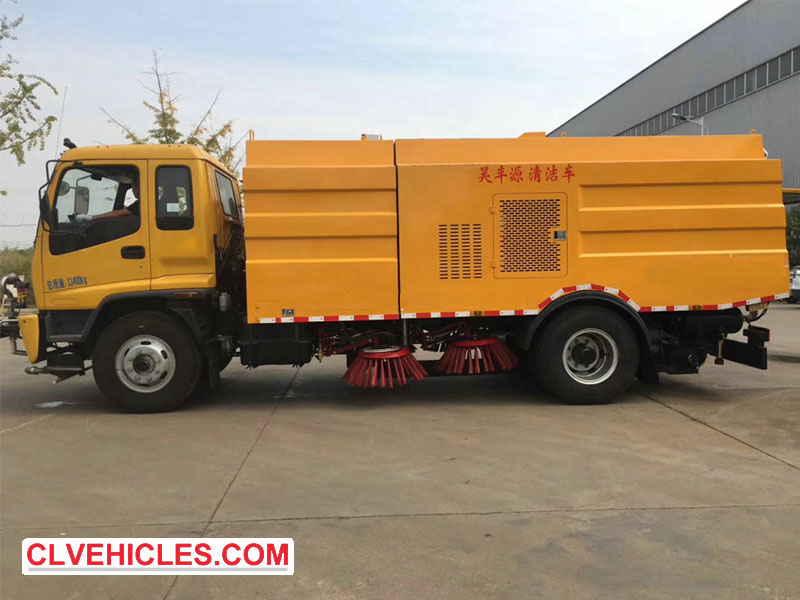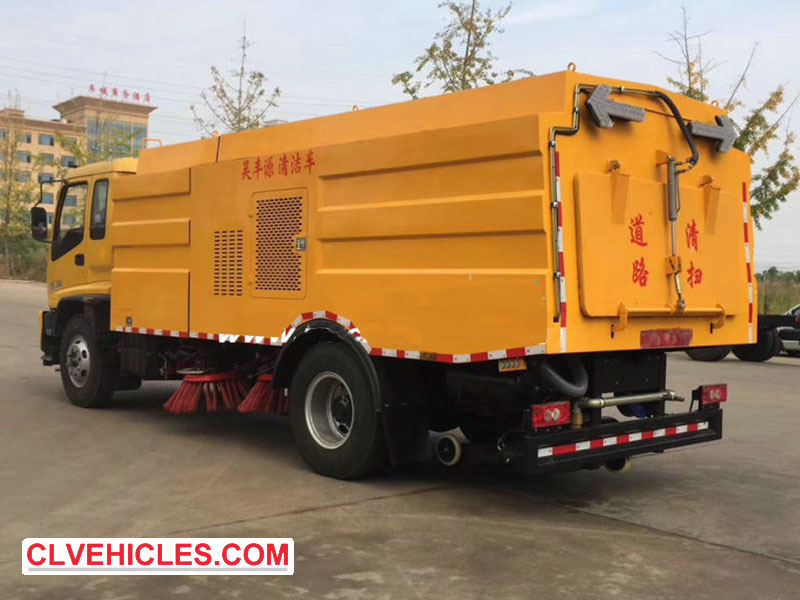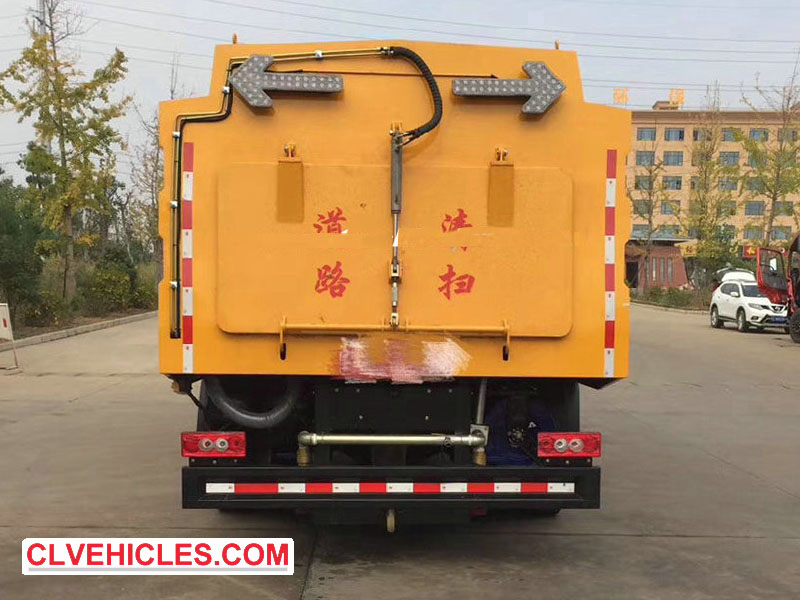Experience the All-New Changan X5 Plus – A Perfect Balance of Style and Performance
The Changan X5 Plus is a compact SUV that blends bold styling, advanced technology, and exhilarating performance into one package. Designed for drivers who demand more than just transportation, the X5 Plus offers a sporty driving feel while ensuring everyday comfort and practicality.
Driving Experience & Performance
Behind the wheel of the Changan X5 Plus, you’ll immediately notice its responsive handling and confident road presence. Powered by a turbocharged engine, it delivers impressive acceleration while maintaining excellent fuel efficiency—ideal for both city commutes and long highway drives.
The suspension strikes the perfect balance between comfort and sportiness, giving you a smooth ride even on uneven roads, while precise steering makes cornering a pleasure. Whether you’re tackling tight urban streets or enjoying an open road, the X5 Plus makes every journey enjoyable.
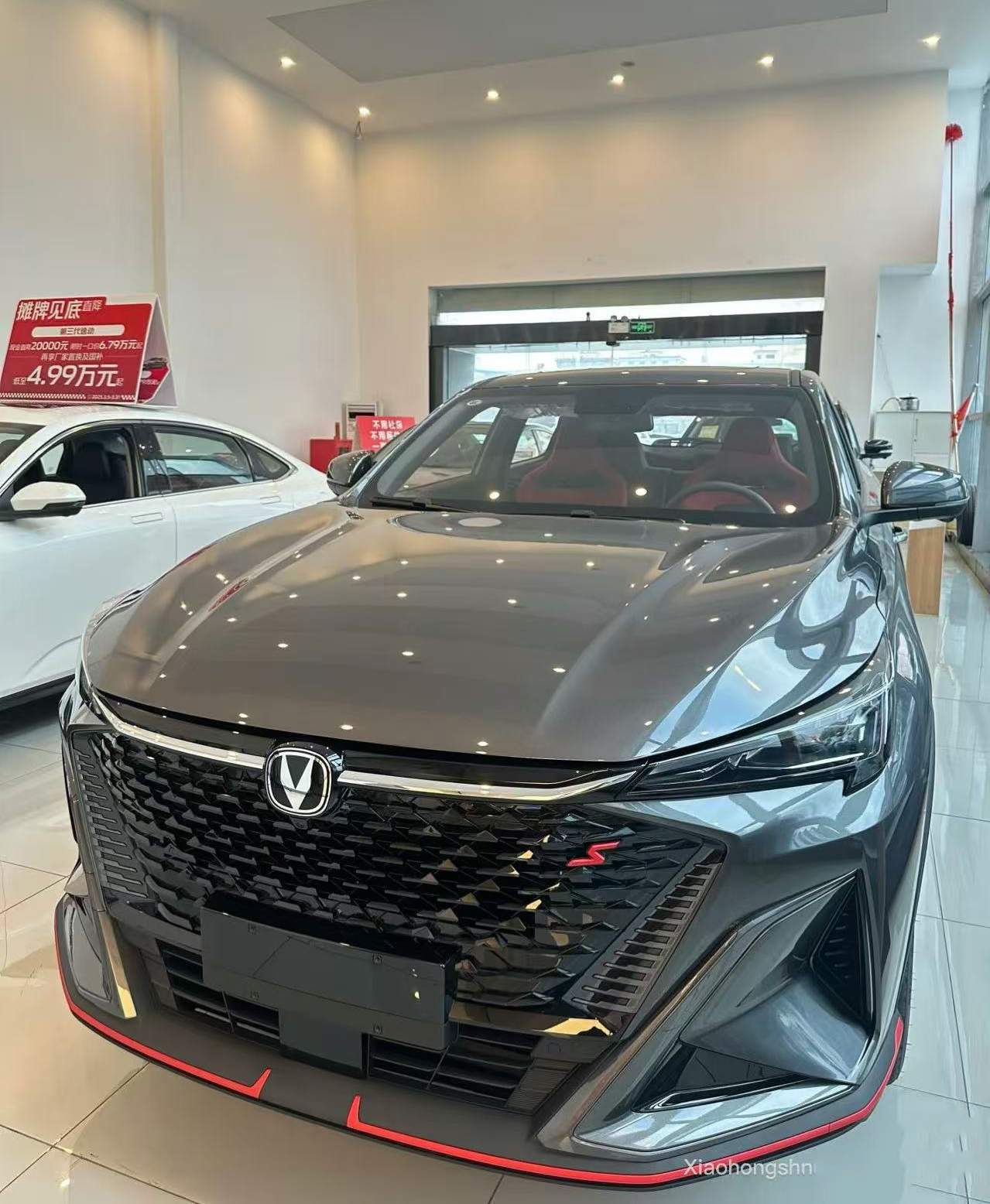
Interior Comfort & Technology
Step inside, and you’re greeted by a stylish, modern cabin featuring premium materials, ergonomic seats, and a high-tech infotainment system. The large touchscreen supports seamless smartphone integration, while intelligent voice control lets you manage navigation, calls, and music hands-free.
Ambient lighting, spacious legroom, and generous cargo space make the Changan X5 Plus an excellent choice for both families and adventure seekers.
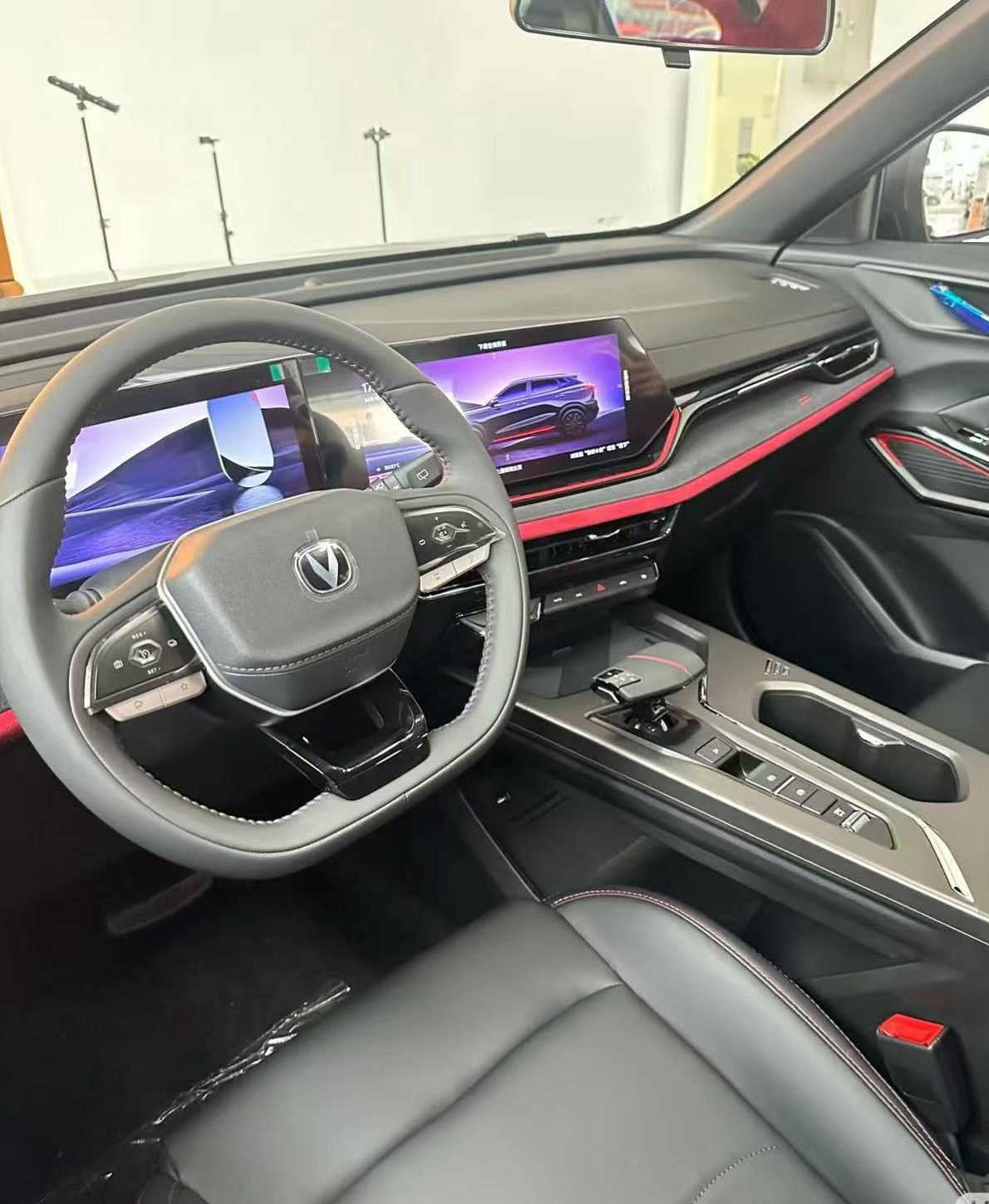
Safety First
Equipped with advanced safety systems like adaptive cruise control, lane departure warning, blind spot monitoring, and automatic emergency braking, the X5 Plus keeps you and your passengers protected on every journey.
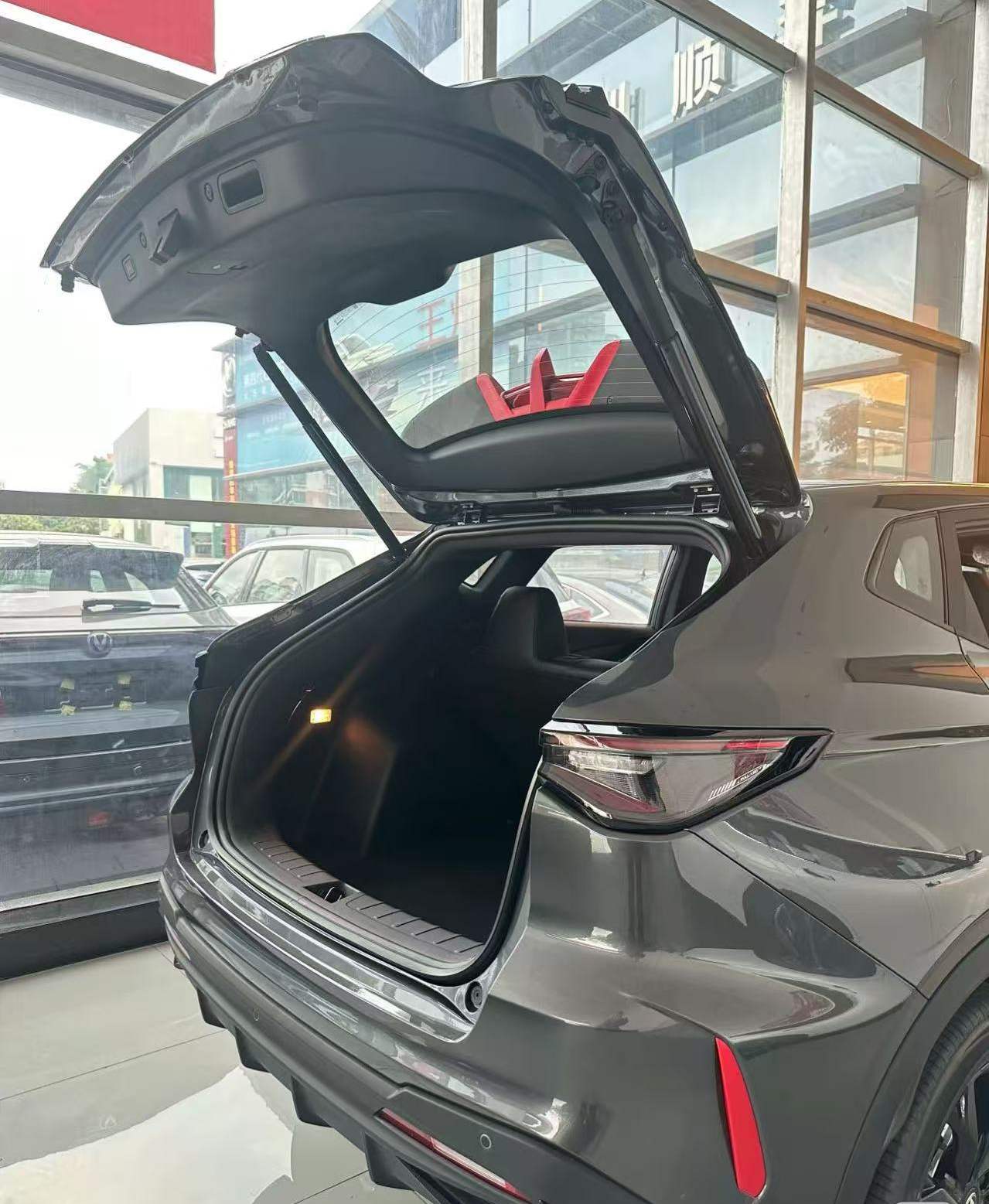
Why Buy from Us?
Our company has over 10 years of experience in exporting vehicles and auto parts to customers worldwide. We specialize in sourcing high-quality Chinese cars like the Changan X5 Plus and shipping them directly to your port with competitive pricing and professional service.
From helping you choose the right model to arranging shipping and providing after-sales support, we make the buying process smooth and worry-free.
Take the Next Step
The Changan X5 Plus is more than just an SUV—it’s your gateway to a stylish, reliable, and exciting driving experience. Contact us today to get the best offer and start your journey toward owning this remarkable vehicle.











